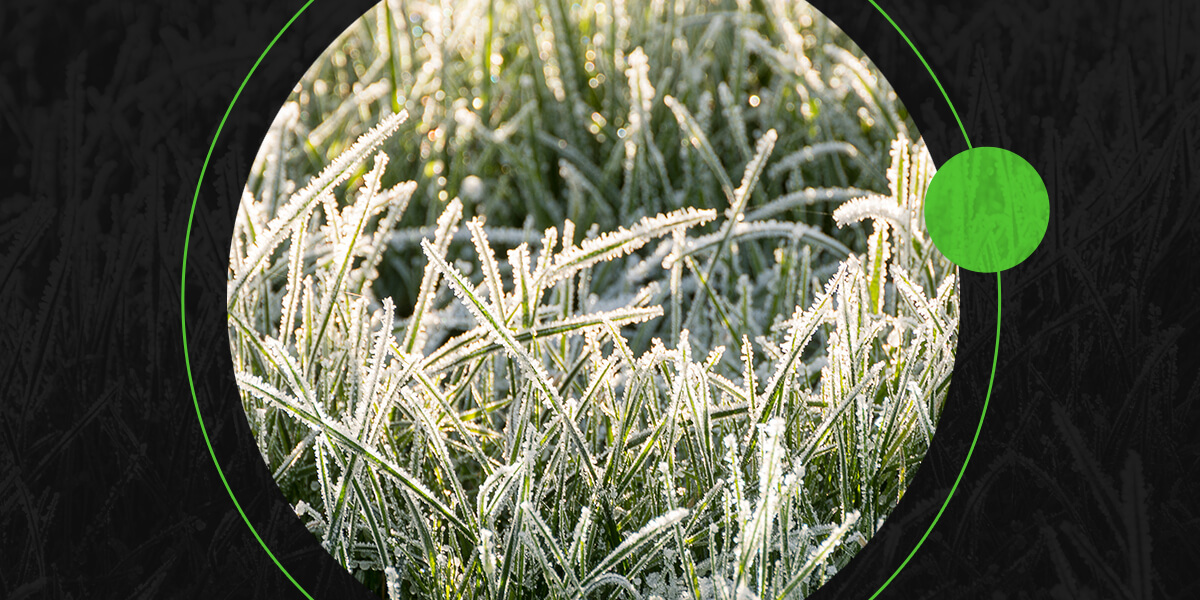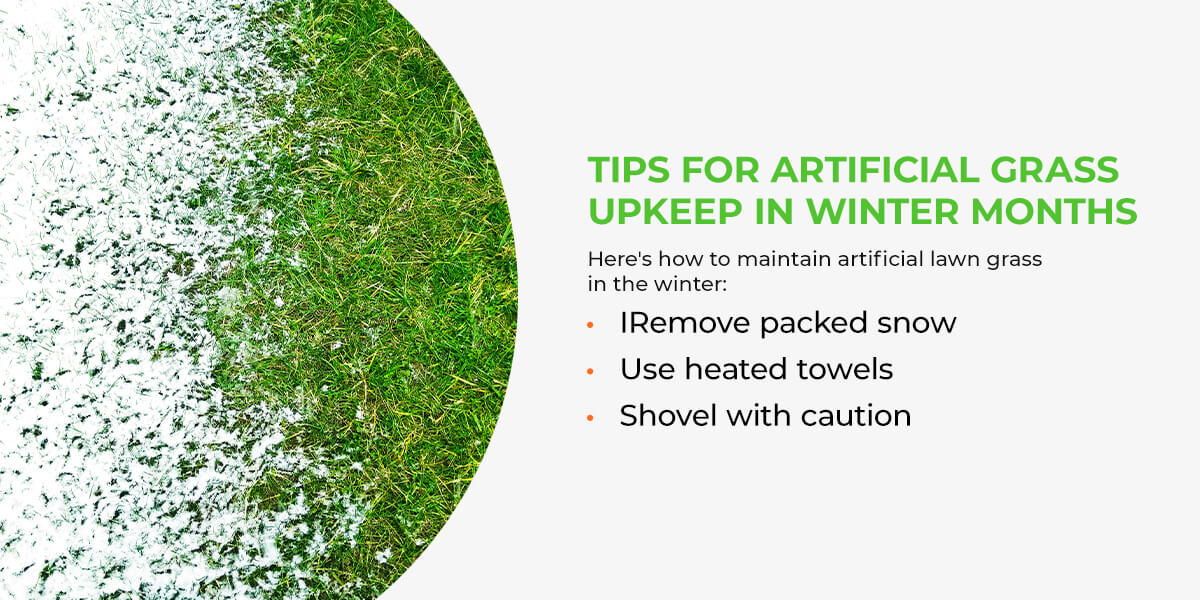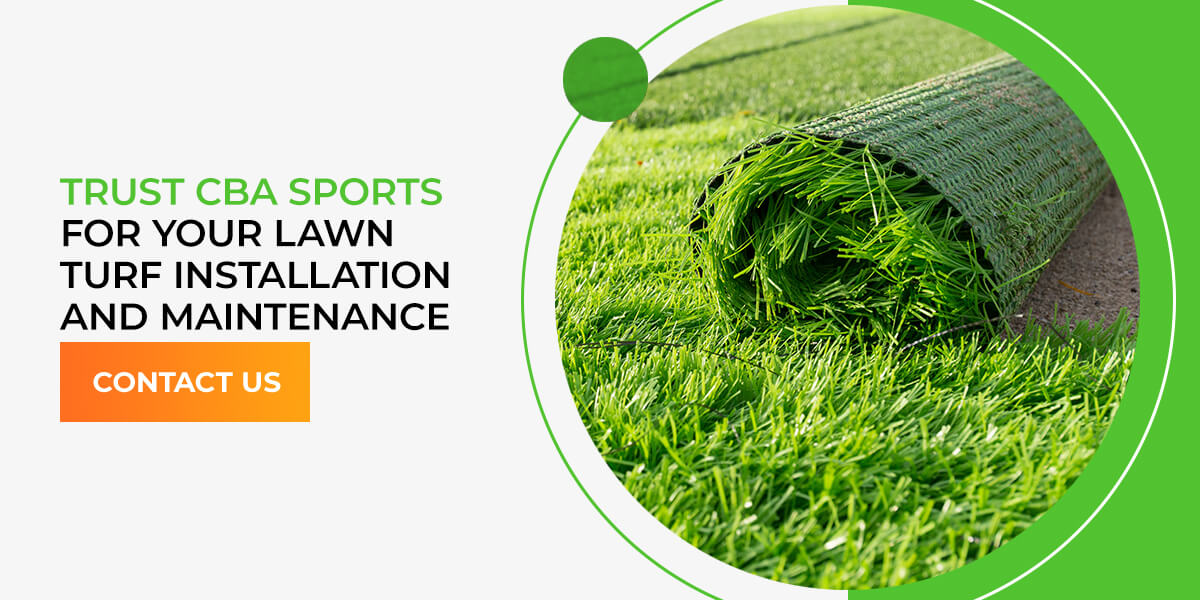
Table of Contents
How to Care for Artificial Grass in Snowy Weather
Artificial grass is a popular choice for homeowners for its year-round resilience. Regardless of the temperature or climate in your area, you can always enjoy the look and feel of a lush lawn. Unlike natural grass, artificial turf requires only minimal maintenance and won’t be affected by snow or frost. However, there are some ways you can prepare it for the winter to ensure it looks its best in the spring and summer.
Learn more about the benefits of turf and get tips for artificial grass upkeep in winter months here!
What Maintenance Is Needed for Artificial Grass?
Fortunately, there’s not much maintenance required to care for artificial grass. To keep it looking its best, here are a few tips to get your lawn ready for the colder months:
- Inspect the nails on your lawn: The changing temperatures and seasons might slightly impact the materials used to secure your lawn. Before winter, ensure your artificial grass is firmly attached and replace or add nails or reaffix existing ones if needed.
- Clear any debris: As fall transitions to winter, you’ll likely notice leaves dropping from the trees onto your lawn. Brush your turf briefly every couple of weeks to keep it free of leaves, twigs or other debris.
- Walk carefully: While artificial turf offers exceptional performance and is durable in almost all types of weather, extreme cold can impact the fibers. As a result, synthetic grass can become slippery when icy or brittle, so walk on your lawn cautiously when temperatures drop below freezing. And, while astroturf doesn’t freeze and will not get damaged from frost, the blades can become brittle. They’re incredibly resilient but not completely indestructible. Let the snow and ice melt and drain naturally before resuming outdoor activities to avoid damage.

Tips for Artificial Grass Upkeep in Winter Months
There are many ways to take care of your lawn in the cold months to ensure it looks its best when spring comes back around.
Here’s how to maintain artificial lawn grass in the winter:
- Remove packed snow: Unlike freezing temperatures, snow cover won’t affect your ability to walk on turf, and you can play on snowy turf without worrying about the fibers breaking. Remove packed snow since it can start to compact and turn into ice, which can be dangerous. After melting, your grass might appear matted from the weight of the snow. It should return to normal on its own fairly quickly. Remove compacted snow over the winter months to help the turf appear natural again more rapidly. Pour warm water over the snow if you’d like it to melt faster.
- Use heated towels: In below-freezing temperatures, you can heat rags or towels and place them over your lawn to melt the snow. Salt can also help the snow soften faster and will not damage the fibers. However, keep in mind that salt and chemicals can build up in the base and impact your lawn’s full drainage capabilities. Use it sparingly and only occasionally, if at all.
- Shovel with caution: If your lawn accumulates heavier snow that causes it to melt much slower, shovel cautiously. Use a plastic shovel since metal can damage the fibers, and try to keep the shovel’s edge far enough away from the grass blades to protect your lawn.
One of the most helpful tips for caring for your lawn in the winter is to let the snow melt naturally. That’s the beauty of artificial turf — simply letting it care for itself can ensure your lawn returns to its normal, lush appearance when temperatures start to warm.
Can Snow Damage Your Artificial Lawn?
Snow cannot damage your artificial lawn, nor can it affect its color. The blades may stiffen from frost, making it less pleasant to walk on, and treading could cause some damage. However, simply waiting for snow and frost to melt ensures the turf drains naturally and returns to its natural state.
As snow melts, artificial grass could become temporarily slippery. It may also flatten after the snow has fallen, though it should bounce back naturally after it dries. You can gently use a stiff brush to help it along.
As mentioned, don’t let the snow pile up. The best thing to do is remove packed snow while avoiding contact with metal shovel edges that could damage frozen fibers. You might also consider a waterproof tarp to protect your lawn, providing an additional layer against the elements.
As always, check with your chosen installer to learn how much of the elements your specific turf is designed to withstand. Carrying out regular maintenance ensures your lawn looks its best, no matter the time of year.
Real Grass vs. Fake Grass in the Winter
When it comes to maintaining natural grass vs. fake grass in the winter, caring for natural lawns will always be more work — no matter where you live. Natural grass can die off entirely in frigid temperatures. These lawns often require a special fertilizer in the winter, in addition to the various chemicals you might need to use throughout the rest of the year to stay green and healthy.
Natural grass also requires pulling weeds before winter and throughout the year. While grass might die off, there will always be pesky weeds that make it through even the most extreme winters.
Additionally, you will likely need to mow a natural lawn before the first snowfall, requiring you to spend a day outside in the cold. Compared to fake grass, natural grass can freeze in snow and frost, causing it to break when stepped on. As a result, natural grass has a long regrowth process in the spring.
Artificial grass in winter is a low-maintenance choice. Light frost won’t affect its color, rigidity or longevity. Thanks to its efficient draining capabilities, frost and snow evaporate more quickly than natural grass. Ultimately, artificial grass is the better option when caring for a lawn in winter weather.
Trust CBA Sports for Your Lawn Turf Installation and Maintenance
It’s crucial you know how to care for artificial grass in snowy weather to ensure your lawn always looks its best. Fake turf is an excellent solution for any climate due to its ability to withstand anything from dry summer temperatures and arctic blasts. If you’re seeking a low-maintenance landscaping solution that will stay green, lush and natural throughout the elements, look no further than the selection of artificial turf at CBA Sports.
We provide top-quality materials, expert installation and maintenance and repairs to preserve your lawn. Our professionals can install the ideal features to make your backyard a comfortable, attractive space, regardless of the season.
To discuss your backyard turf project today, call us at 770-797-9990 or contact CBA online.

